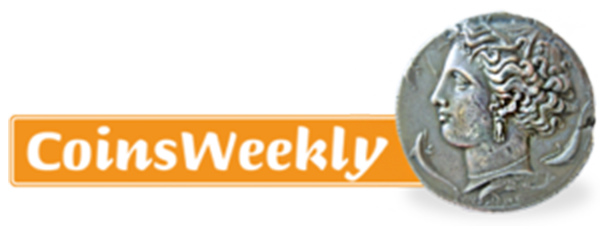by Ursula Kampmann
translated by Annika Backe
May 12, 2016 – As reported by the Dutch newspapers “Volkskraant” and “Telegraaf”, on April 29, 2016, Dutch Junior Finance Minister Eric Wiebes announced Cabinet’s to sell the Royal Dutch Mint. “The company being limited to the manufacture of coins, many opportunities are missed”, said the State Secretary. Besides, the market had become structurally difficult. With its present structure as a state-owned public limited company it would be impossible to make it thrive.
As a matter of fact, competition between mints is fierce. It is assumed that there is a high overcapacity on the international market. The companies are thus forced to accept orders that are (too) risky. To the Royal Dutch Mint, which operates on the foreign market successfully for years, an order from Chile proved fatal. Because of a breach of contractual terms – a shipment of pesos developed dark oxidation stains –, the Chileans demanded a high contract penalty. That got the company into the red. Although highly respected by the international numismatic community, the Mint’s CEO Maarten Brouwer had to step down. Since, at the end of the day, it is the Dutch state who covers the company‘s debts, the Minister of Finance has now pulled the communication cord. The Netherlands will no longer have their own mint. According to the Minister, there is also a chance that Dutch coins will be produced in another country from now on.
This is the end of a tradition that dates back centuries. In 1567, Philipp II of Spain established a mint in Utrecht. Since 1579, this mint produced coins on behalf of the province of Utrecht. Utrecht became the national mint in 1814, because a planned central mint of the Netherlands, to be located in Amsterdam, could not be established for lack of money. In 1994, the mint was privatized, but remained to be owned by the state.
How light-heartedly century-old institutions are treated in the Netherlands is illustrated by the fate of the Geldmuseum Utrecht. The mint museum, the coin collection of the Netherland Bank and the Royal coin cabinet had been merged to form one large money museum which, as a private institution located in Utrecht, was planned to operate economically “neutral”. Once the politicians realized with surprise that a money museum cannot generate a big enough profit to pay the number of researchers, these researchers were sacked first, and the museum closed thereafter.
It seems that the Royal Dutch Mint will be spared this fate because it is easier to find buyers for a company than for a money museum. Once the parliament has given its approval, the sale can be initiated.
Dutch articles on this issue can be found here and here.
CoinsWeekly published the press release of the Royal Dutch Mint on Maarten Brouwer’s resignation and on his succession.
In CoinsWeekly, we also reported on the Geldmuseum Utrecht closing.



